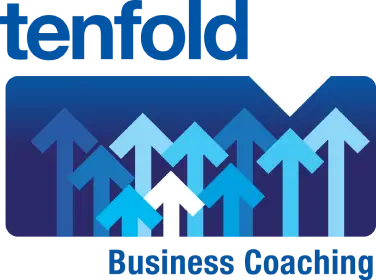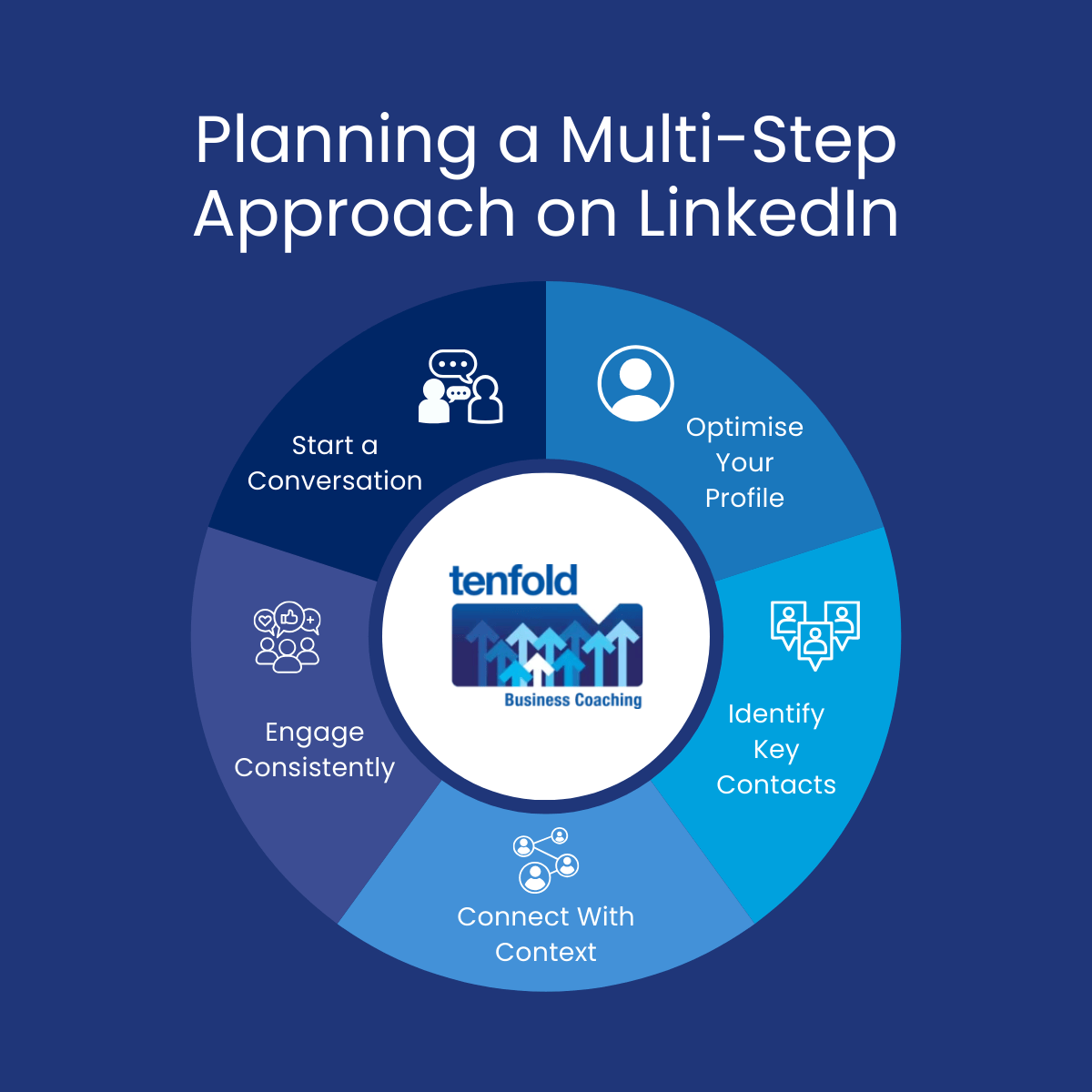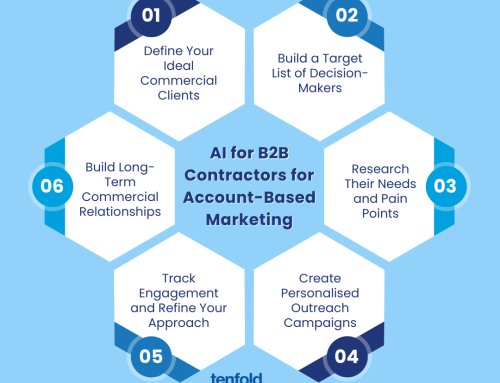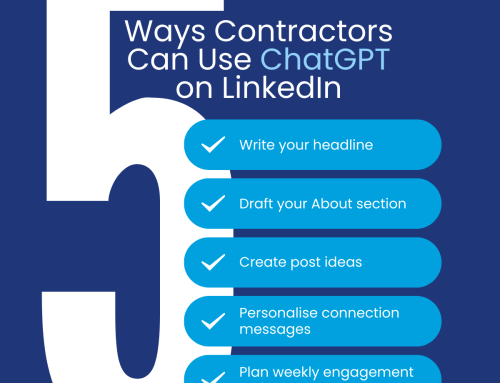LinkedIn for B2B Contractors to Win Work: Template, Examples, Checklist
If you’re a contractor working in the B2B space, you already know that word-of-mouth and referrals can only take you so far. To win consistent, high-value work, you need to be visible to the right decision-makers and LinkedIn is the most powerful tool for that. In this guide, I’ll walk you through how to use LinkedIn strategically to grow your business. You’ll learn how to identify key contacts, what to say (and what not to say), and how to build a multi-step approach that turns cold connections into warm leads. Whether you’re just starting out or scaling up, this article is designed to help you use LinkedIn with purpose and confidence.
As a business coach with over 20 years of experience helping contractors and trade businesses grow, I’ve seen firsthand what works and what wastes time. I’ve coached hundreds of small business owners through the process of refining their sales approach, improving their visibility, and winning better work. My background in engineering and corporate consulting means I bring a practical, results-focused mindset to business coaching services. If you’re looking for advice that’s grounded in real-world experience, you’re in the right place.
Why LinkedIn Matters for B2B Contractors
As a small business coach working with contractors across Australia, I often hear the same frustration: “We do great work, but we’re not getting in front of the right people.” LinkedIn solves that problem. It’s not just a digital resume, it’s a platform where decision-makers actively seek solutions, partners, and suppliers. If you’re in B2B, your future clients are already on LinkedIn. The question is: are you showing up in a way that builds trust and opens doors?
LinkedIn is particularly powerful for contractors who work with councils, commercial builders, developers, and facility managers. These roles are often difficult to reach through traditional marketing methods. However, on LinkedIn, you have the ability to identify these professionals, connect with them directly, and initiate meaningful conversations that can ultimately lead to new work opportunities. This makes LinkedIn an essential platform for contractors looking to expand their network and client base within the Australian market.
Best Practices for LinkedIn Prospecting
To use LinkedIn effectively, you need a clear and strategic plan. It all begins with your profile. Your headline should clearly state what you do and who you help. For example, “Commercial fencing contractor helping councils and developers deliver secure, compliant sites.” This clearly communicates your services and target audience.
Your About section should be written in the first person and focus on the outcomes you achieve. Avoid generic phrases like “we’re reliable and professional.” Instead, talk about the results you deliver, such as reduced downtime, improved site safety, and faster project turnaround times. Use language that resonates with your clients.
When posting content, aim to educate your audience and demonstrate your expertise. Share project photos along with brief captions that explain the challenges faced and the solutions provided. Comment on industry trends and offer practical tips that help your audience make better decisions. This approach helps to build your credibility and ensures you stay top of mind among your connections.
How to Identify Decision-Makers
Finding the right people on LinkedIn is easier than most contractors realise. Start by searching for job titles such as “Facilities Manager,” “Project Manager,” “Procurement Officer,” or “Operations Director.” You can filter your search by location, industry, and company size to help narrow your results.
Once you have identified potential contacts, review their profiles carefully. Are they active on the platform? Do they post content or engage with others’ posts? If they are active, they are more likely to respond positively to your outreach. If they are not very active, you can still make contact, but you will need to craft a stronger, more personalised message to stand out and increase your chances of a response.
What Not to Do on LinkedIn
Here is where many contractors often go wrong. They tend to send connection requests without providing any context, or even worse, they pitch their services immediately. This approach is a quick way to be ignored. LinkedIn is fundamentally about building meaningful relationships, not about cold selling or aggressive sales tactics.
Avoid generic messages such as ‘Hi, I’d like to connect’. Instead, try to reference something specific to the person you’re contacting. For example, say: “Hi Sarah, I saw you’re the Facilities Manager at XYZ Council. We’ve worked with several councils on fencing upgrades, and I’d love to connect.” Showing that you’ve done your homework and have something relevant to offer can make your message more effective.
Don’t spam people with follow-ups. If they don’t respond, give it some time and space. Continue posting valuable content and engaging with their posts. This way, when you reach out again, they’ll recognise your name and your genuine interest. Remember, patience and consistency are key.
Planning a Multi-Step Approach
Winning work on LinkedIn is a process. Here’s how I coach my clients to approach it:
Optimise Your Profile
Make sure it speaks directly to your target audience and clearly highlights the outcomes you deliver. It is important to ensure your message resonates with them and communicates the value you provide.
Identify Key Contacts
Use LinkedIn search to find decision-makers in your target industries and regions. This approach helps you identify key personnel who can influence or approve relevant projects or partnerships.
Connect With Context
Send personalised connection requests that specifically reference their role or company to make the message more relevant and engaging.
Engage Consistently
Like and comment on their posts to engage actively. Share your own content that is relevant to their challenges to demonstrate your understanding and support. Consistently interacting in this way can help build a stronger connection.
Start a Conversation
Once connected, message them with a helpful insight or offer to chat. Keep your message short and focused on their needs, making sure it remains friendly and professional.
This approach helps build trust over time and positions you as a knowledgeable professional rather than just a salesperson. Additionally, it provides a repeatable system for generating leads, enabling you to establish ongoing relationships and expand your network more effectively.
Real-World Example: Fencing Contractor Wins Council Work
One of my clients, a fencing contractor in regional Victoria, used this exact approach to win a multi-site upgrade project with a local council. He updated his profile to focus specifically on compliance and safety outcomes, making these elements more prominent. He then connected with the council’s Facilities Manager, actively engaged with her posts by commenting and sharing insights, and eventually messaged her with a detailed case study from a similar past project. This thoughtful communication led to a phone call, followed by a site visit, and ultimately resulted in the signing of a contract. This wasn’t just luck; it was a well-planned strategy. And it’s something any contractor can replicate successfully with the right guidance and a clear understanding of how to approach such opportunities.
Final Thoughts from a Business Coach
LinkedIn isn’t just for white-collar professionals. It’s a powerful tool for contractors who want to grow their business, win better work, and build lasting relationships. As a business coach, I’ve seen how the right strategy can truly transform your pipeline and open up new opportunities. If you’re ready to take LinkedIn seriously, start with your profile. Connect with purpose and engage with consistency. The results will follow, and you’ll see your network and successes expand in ways you never thought possible.
If you would like personalised guidance or assistance in putting this strategy into action, please do not hesitate to contact Tenfold Business Coaching. Our business coaching services are carefully crafted to support small businesses like yours in achieving growth with confidence and clarity, ensuring you have the right tools and insights every step of the way.
FAQs About LinkedIn for B2B Contractors
Do I need a paid LinkedIn account to prospect effectively?
No, the free version is enough to get started with. While a paid account offers additional search filters and increased visibility, it is not something that you must have right away. You can begin using the service effectively with the free version and consider upgrading later if you find it necessary.
How often should I post on LinkedIn?
Aim for posting once a week. Consistency is more important than how often you share updates. You can share news about your ongoing projects, highlight major accomplishments, or provide insights about your industry to keep your audience engaged.
What if I don’t have time to manage LinkedIn myself?
You can delegate parts of it, such as content creation or research, to a team member or a marketing partner. Just make sure that your voice and your expertise are clearly communicated through the process.
How long does it take to see results?
Most contractors see engagement within a few weeks. Although conversions to actual work can take a longer time, the relationships you build during this process are truly worth the effort. Building trust and rapport takes patience, but it pays off in the long run.
Can LinkedIn help with tendering and prequalification?
Absolutely. Maintaining a strong presence on LinkedIn helps build your credibility. It demonstrates that you are active, professional, and trusted within your industry. This visibility and reputation can significantly support your tender submissions, giving you an edge over competitors.




![Account-Based Marketing (ABM) for Contractors: Connect with Facilities & Property Managers [Template, Examples, Checklist]](https://tenfoldcoaching.com.au/wp-content/uploads/2025/09/Account-Based-Marketing-ABM-for-Contractors-Connect-with-Facilities-Property-Managers-Template-Examples-Checklist-500x383.png)

